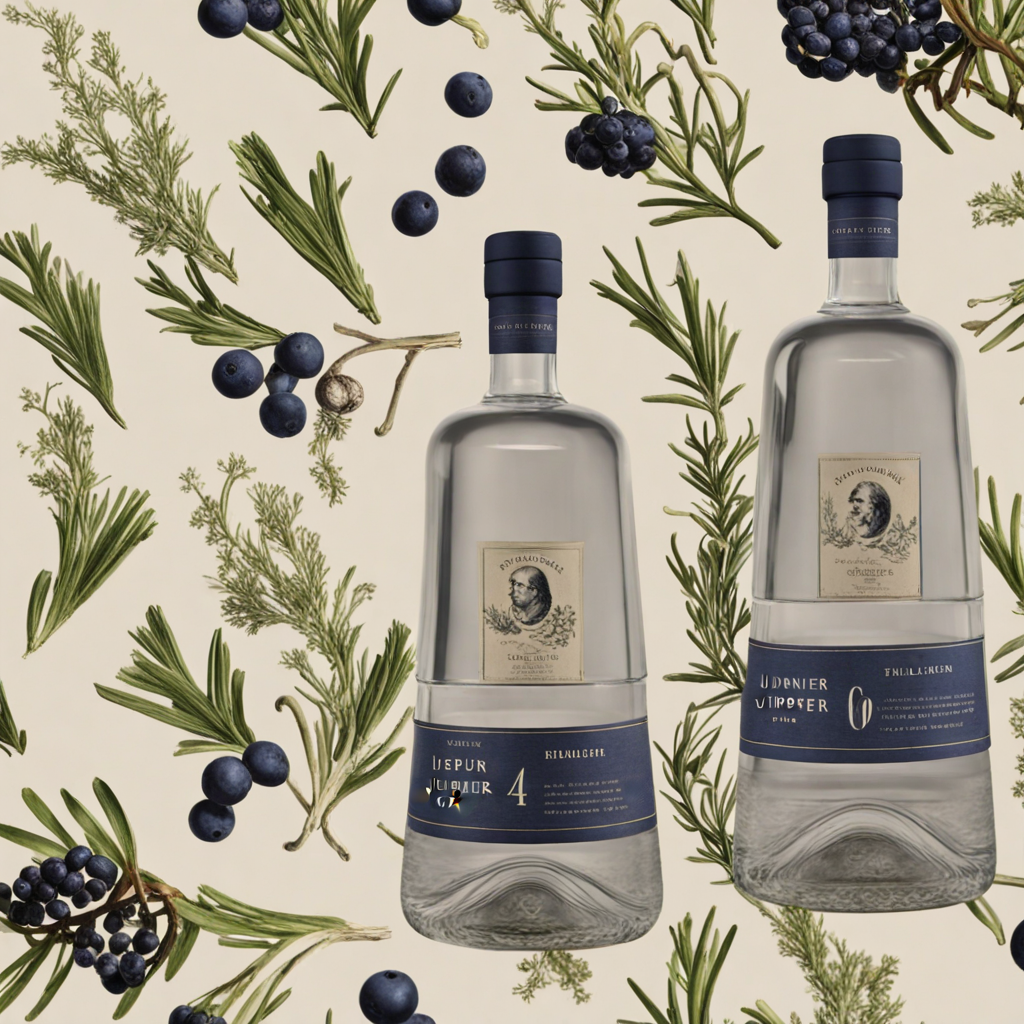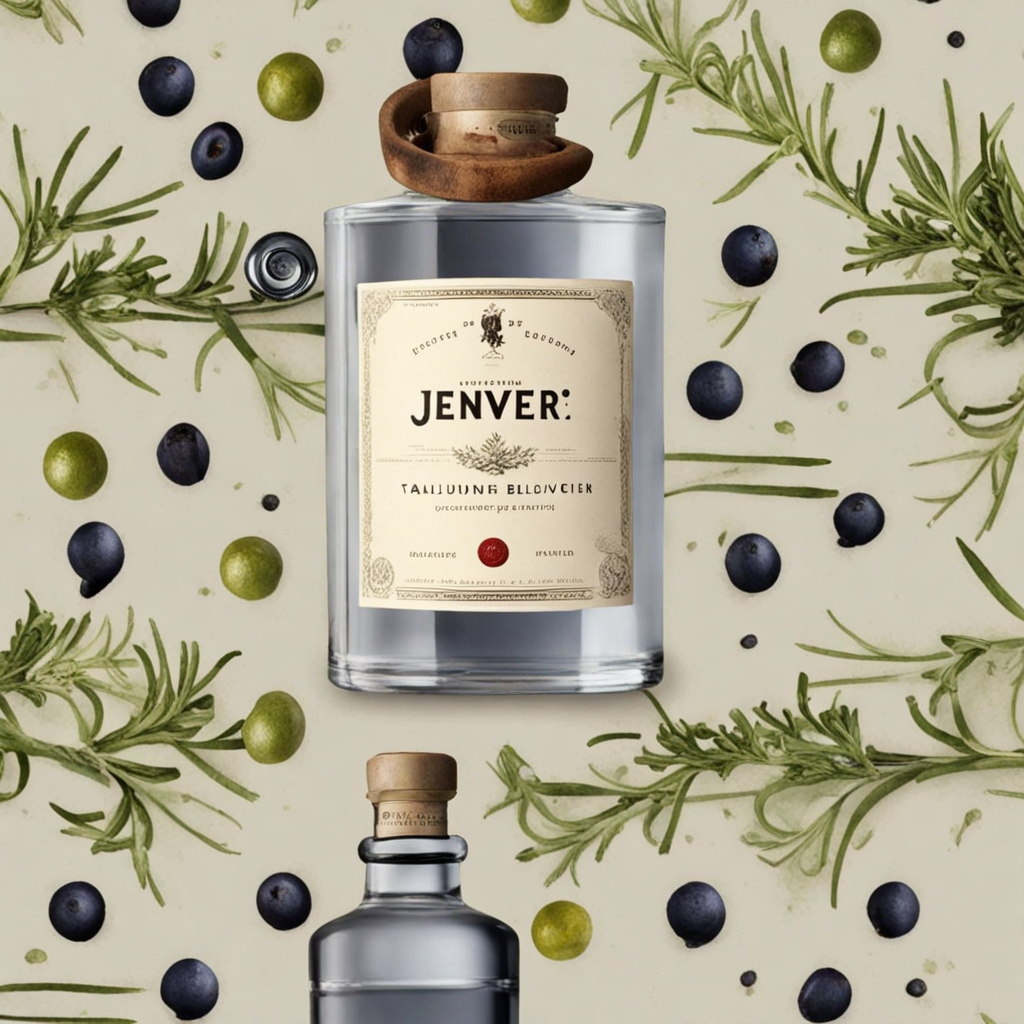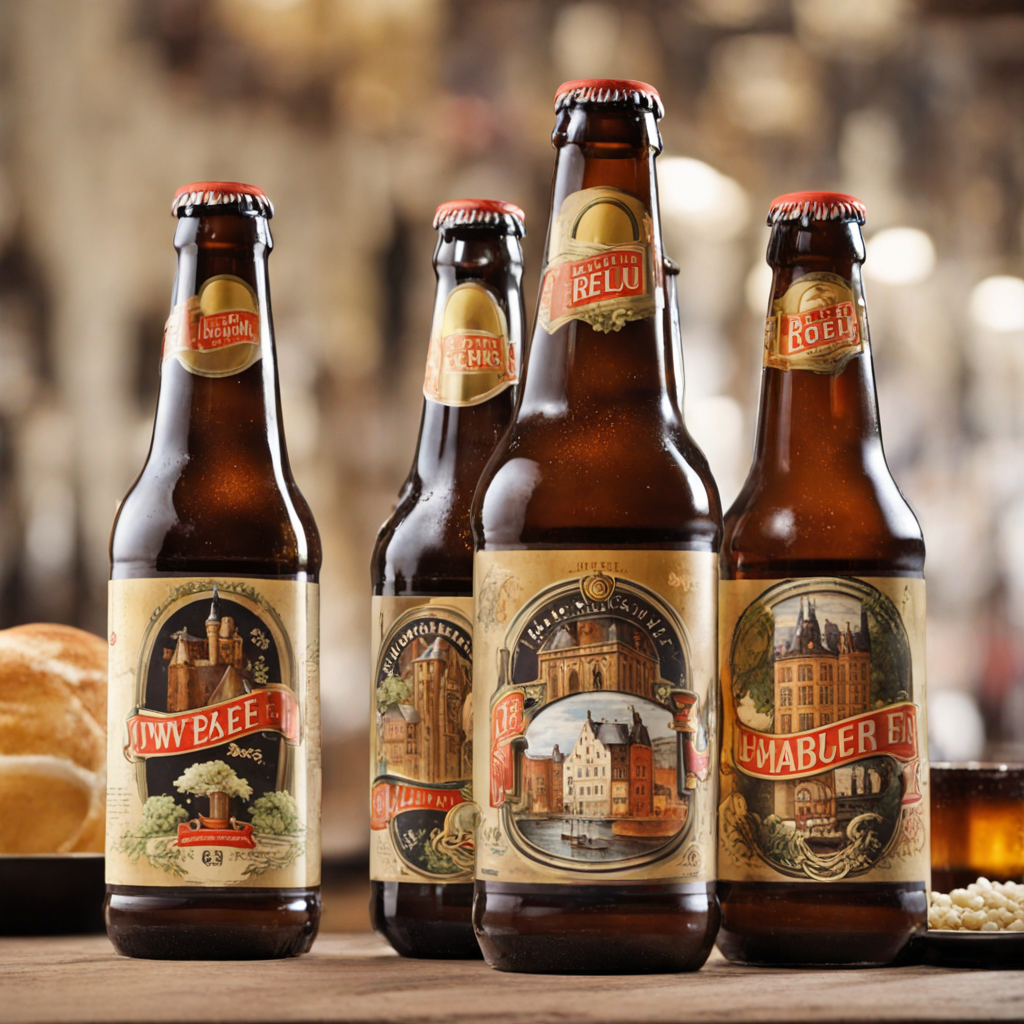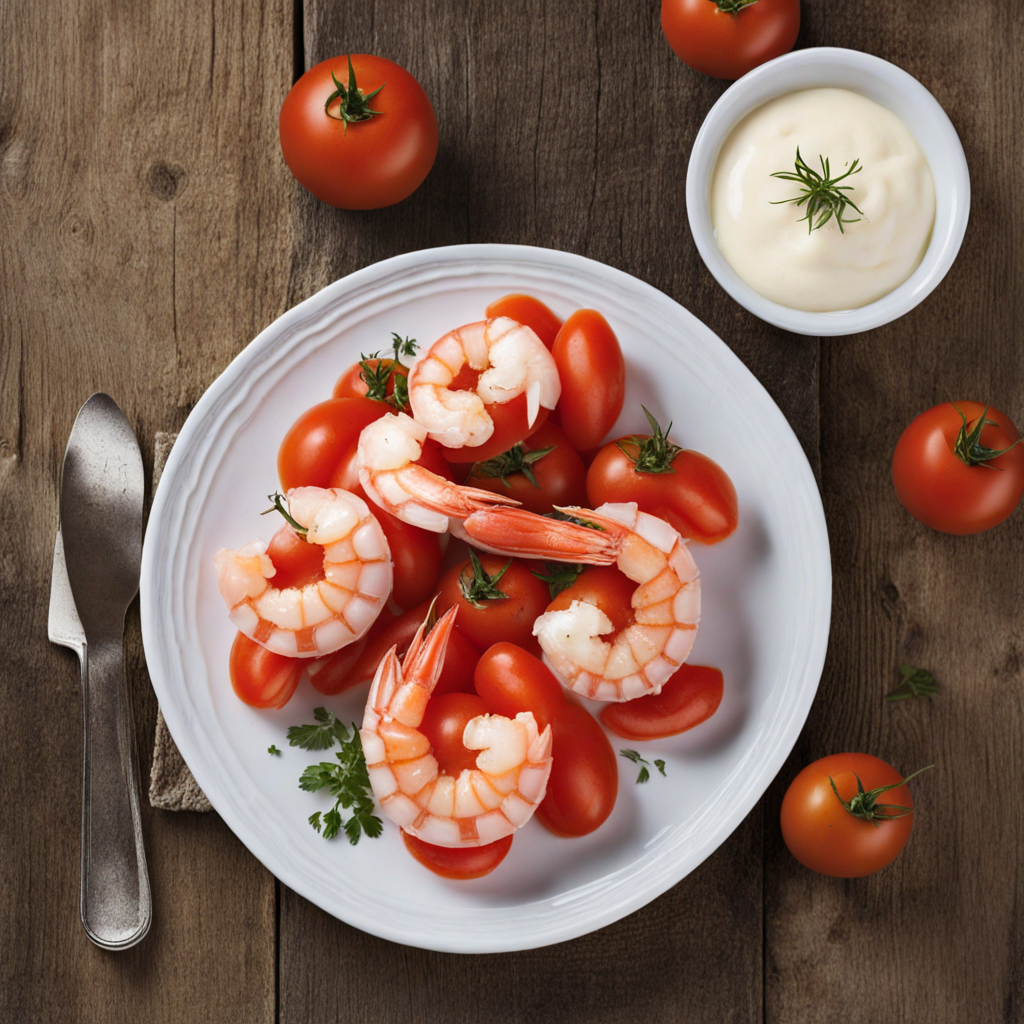Jenever
Jenever, often referred to as the original gin, is a traditional Belgian spirit that boasts a rich history and a unique flavor profile. This distilled beverage is primarily made from malt wine, which is derived from a blend of barley, corn, and rye. The process of creating Jenever involves a meticulous distillation of these grains, followed by the addition of botanicals such as juniper berries, coriander, and anise, which impart a aromatic and slightly sweet quality. The result is a smooth, complex spirit that can be enjoyed neat, on the rocks, or as a base for cocktails, offering a taste that is both familiar and distinctly different from conventional gins. The flavor of Jenever is characterized by its earthy undertones and a delightful balance of sweetness and herbal notes. The maltiness from the base distillate gives it a rich, creamy mouthfeel, while the juniper and other botanicals provide a refreshing aromatic lift. Depending on the style, you may encounter different variations of Jenever, including Oude Jenever, which is aged in wooden casks and presents a more robust, oaky flavor, and Jonge Jenever, which is younger and lighter, making it an ideal choice for those new to this spirit. Each sip reveals layers of complexity, making Jenever a fascinating choice for adventurous palates. Pairing Jenever with food can elevate your culinary experience further, as its versatility complements a variety of dishes. The spirit’s herbal notes work beautifully with savory options such as cured meats, cheeses, and pickled vegetables, while its sweetness can enhance desserts like fruit tarts or chocolate delicacies. Whether sipped slowly to savor its intricacies or mixed into a cocktail that showcases its unique character, Jenever is an intriguing taste of Belgium that invites exploration and enjoyment.
How It Became This Dish
The History of Jenever: Belgium’s Distinctive Spirit Origins in the Past Jenever, often referred to as Genever or Dutch gin, is a traditional spirit that hails from the Low Countries, particularly Belgium and the Netherlands. Its origins can be traced back to the late 16th century, during a period notable for the intersection of culinary and medicinal practices. The drink is derived from malt wine, which is flavored with juniper berries—its defining feature. The word "jenever" is derived from the French word for juniper, "genièvre," and the Latin word "juniperus." The roots of jenever are often linked to the 16th-century Dutch herbalist and physician, Sylvius de Bouve, who is credited with developing the spirit as a medicinal tonic. He infused malt wine with juniper berries, believed to have health benefits. This concoction quickly gained popularity among soldiers and the general populace, who found it to be a palatable and potent drink that could stave off ailments and provide warmth during harsh winters. Cultural Significance in Belgium As jenever spread through the region, it became ingrained in the cultural fabric of Belgium and the Netherlands. It was not merely a drink; it evolved into a symbol of national pride and heritage. By the 17th century, jenever had solidified its status as the national drink of the Netherlands and was making significant inroads into Belgium. In the Flemish regions, jenever was often seen as a drink for the working class. It was commonly consumed in local taverns, where it was served straight or with a splash of water. The act of drinking jenever was a communal experience, fostering social connections and serving as a backdrop to conversations and storytelling. The beverage became a part of various social customs and celebrations, including weddings, holidays, and festivals. The Development of Jenever Over Time The 19th century marked a pivotal period for jenever, as advancements in distillation technology led to the production of higher-quality spirits. Distillers began experimenting with different recipes and methodologies, creating a variety of styles. This innovation led to two main classifications of jenever: oude (old) and jonge (young). - Oude Jenever: This style is characterized by a maltier flavor profile, with a higher proportion of malt wine, and is often aged in oak barrels. The aging process imparts a rich, complex flavor that harkens back to traditional recipes used in the early days of jenever production. - Jonge Jenever: This variant emerged in the 20th century and is lighter and fresher, with a more pronounced juniper flavor. It typically contains less malt wine and is distilled to a higher proof. Jonge jenever reflects the modern palate's preference for cleaner, crisper spirits. As the 20th century progressed, jenever faced competition from other spirits, particularly gin, which had gained global popularity. However, its unique heritage and cultural significance have enabled it to maintain a dedicated following. In recent years, Belgian jenever has seen a renaissance, with artisan distilleries popping up across the country, often focusing on traditional methods and local ingredients. These distilleries not only produce high-quality spirits but also educate consumers about the rich history of jenever. The Craft of Distillation The art of jenever distillation is a meticulous process that varies from one distillery to another. Traditional methods involve pot stills, where a mash made from malted barley is fermented, distilled, and then flavored with juniper and other botanicals. The use of local ingredients, such as fruits and herbs, is common, resulting in a diverse range of flavor profiles. Modern distillers also embrace innovation, experimenting with various botanicals and aging techniques. Some producers have revived historical recipes, while others have developed new interpretations that appeal to contemporary tastes. The emphasis on craft and quality has led to the rebranding of jenever as a premium spirit, akin to whiskey or fine gin. Jenever in Modern Culture Today, jenever is experiencing a revival, particularly among younger generations and craft cocktail enthusiasts. Bartenders and mixologists have embraced jenever as a versatile ingredient, using it in cocktails that highlight its complex flavors. Classic cocktails such as the Martinez and the Dutch Mule have made their way back into the limelight, showcasing jenever's adaptability and depth. Moreover, jenever is celebrated through various festivals and events in Belgium, such as the annual Jenever Festival in Antwerp. These gatherings provide opportunities for distillers to showcase their products, and attendees can sample a vast array of jenever brands, from artisanal to well-established names. This celebration of jenever not only fosters appreciation for the spirit but also emphasizes its importance in Belgian cultural heritage. Jenever's Global Influence As globalization has taken hold, jenever's influence has extended beyond Belgium and the Netherlands. It has inspired a new wave of gin production worldwide, with distillers looking to jenever's unique flavor profile for inspiration. The concept of "a gin with a jenever twist" has emerged, leading to the creation of products that marry the essence of both spirits. In 2013, the European Union granted jenever Protected Geographical Indication (PGI) status, ensuring that only products made in designated regions of Belgium and the Netherlands can be labeled as jenever. This designation not only protects the integrity of the spirit but also fosters a sense of pride among producers and consumers alike. Conclusion The journey of jenever from its humble origins as a medicinal tonic to a cherished symbol of Belgian cultural heritage is a testament to its resilience and adaptability. As it continues to evolve in a modern context, jenever remains a beacon of local tradition. Its rich history, rooted in community, craftsmanship, and conviviality, ensures that this distinctive spirit will endure as a beloved part of Belgium's gastronomic landscape for generations to come. Whether enjoyed neat, on the rocks, or in a cocktail, jenever is not just a drink but a story—a reflection of the past and a celebration of the present.
You may like
Discover local flavors from Belgium







